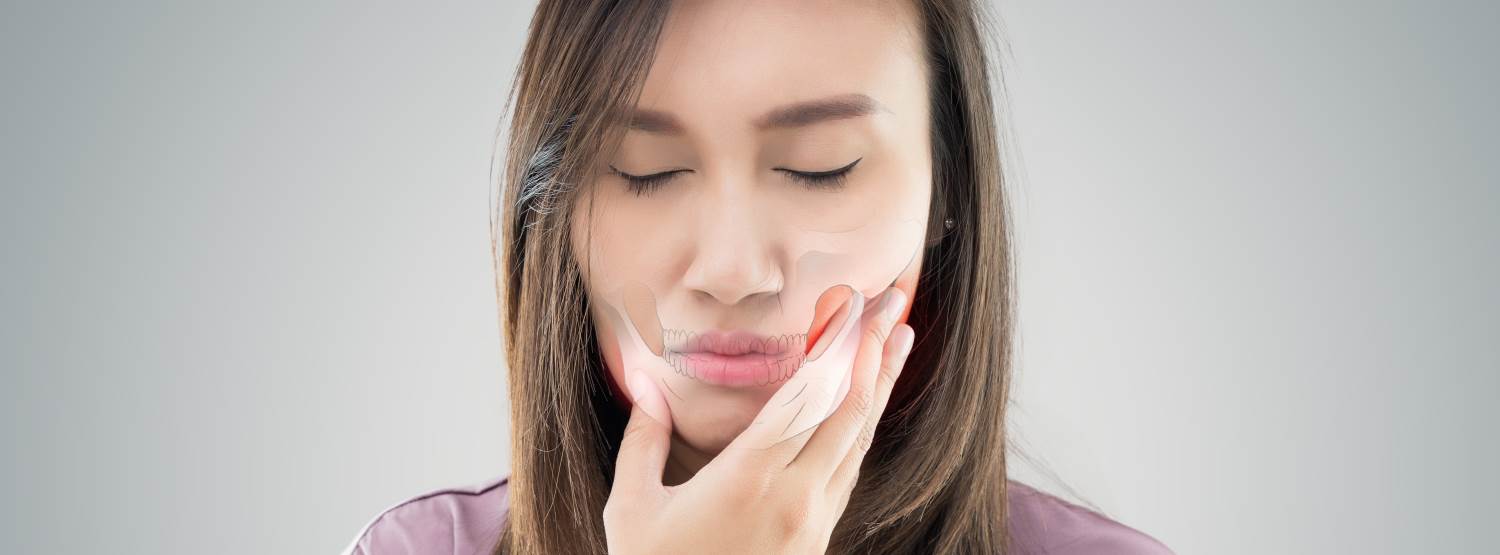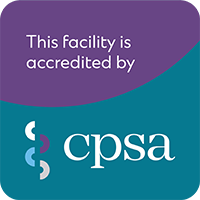The 4 Types of TMJ Disorders
- Hypomobility
- Hyermobility / Instability aka. Open Lock
- Disc Displacement
- Muscular / Myofascial Imbalance
Hypomobility
Signs and Symptoms
- Decreased opening (n<40mm) and reduced lateral movements
- Occasionally painful
- Signs of ankylosis/contractures
- May be combined with other syndromes
- Often found in the elderly
- Often unilateral
- History of trauma, surgery, bruxism, joint noises
- Deviation towards the affected side on opening
- Lateral excursion limited to the contra lateral side
Treatment:
- Muscular Release Techniques – AMRT, massage, contract/relax, IMS
- Mobilization to improve opening on hypomobile side
- Distraction + Anterior glide
- Therabite or Jaw Jack
- Electrotherapy, Ultrasound, Acupuncture
- Exercises (often)
- Postural Correction, Stretching (opening, protrusion and lateral excursion), self-massage, controlled opening
- Splint Therapy
Education
- Postural Correction and HEP often (hourly)
Hypermobility/Instability (Open Lock)
Signs and Symptoms:
- Excessive anterior translation and too little rotation
- Anterior subluxation of condyle outside eminence
- Possible loud clunk at end of excessive opening
- Possible lock in open position (send to dentist/PT)
- General laxity of the joints
- Atrophy and/or hypertrophy of masticatory muscles
- Incoordination and weakness of the jaw muscles
- ROM of opening in excess of 50mm
- Excursion towards the non-affected side
- History or trauma (ie. dental work/MVA) or habitually bad posture
Treatment:
- Muscular techniques – AMRT, massage, IMS
- Mobilization of TMJ to improve opening only if unaffected side is hypomobility
- Electrotherapy, Ultrasound, Acupunctur
- Exercises
- Postural correction, self-massage, controlled opening, isometric strengthening all movements
Education
- Avoid full opening, yawning with cervical spine flexion, strengthening hyoids
Disc Displacement
Anterior Disc Displacement (with reduction)




